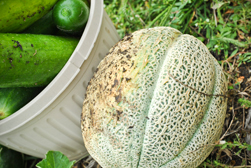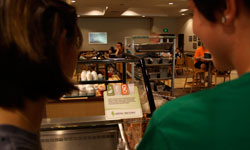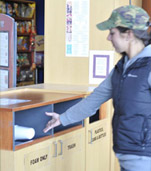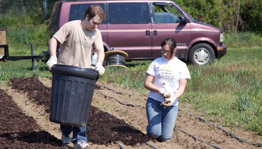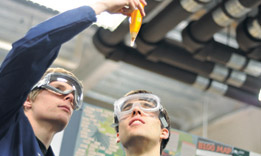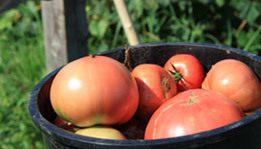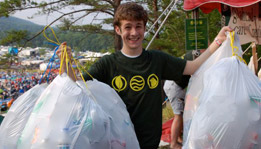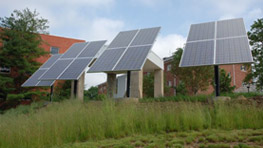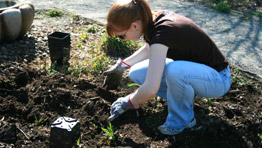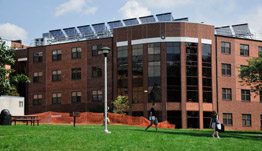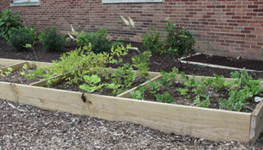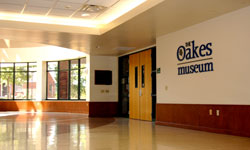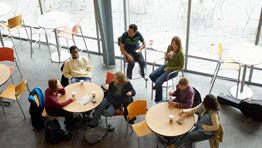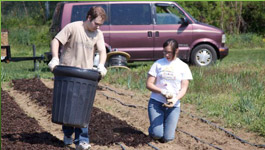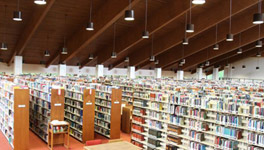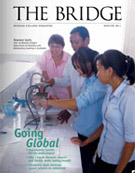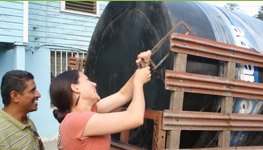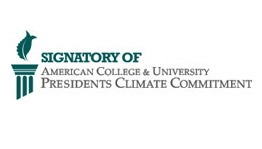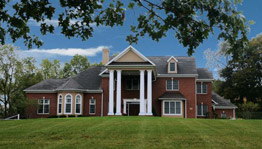
Messiah University is committed to caring for and protecting the Yellow Breeches Creek, a 68-mile stream that winds through campus and several counties before draining into the Susquehanna River and, eventually, the Chesapeake Bay.
Recently Messiah has received a number of grants designated for protection of the Yellow Breeches Creek. The University has managed initiatives such as planning for and adding containment structures in key locations, restoring native vegetation, and stabilizing stream banks.
In addition, the University's grounds crews use phosphorous-free fertilizers in our ongoing care for the creek.
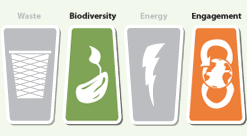

Student volunteers retrieve upwards of 700 pounds of organic waste weekly from each Messiah eatery for an on-campus compost pile. The nutrient-rich soil produced from the waste is then used on the Grantham Community Garden and in various flowerbeds around campus.
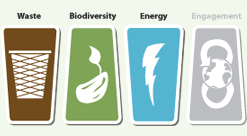

Messiah University has had a robust recycling program since the early 1980s when two students launched the initiative in response to the class, "Man and His Environmental Problems." Now Messiah recycles cans, glass, paper, cardboard, metals, electronics, rechargeable batteries, cellphones and Styrofoam.
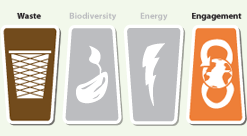

The Oakes Museum of Natural History—home to a collection of Smithsonian quality African and North American mammals, birds, eggs, fish, seashells, minerals, insects and fossils—offers tours of sustainability projects on Messiah's campus to local school children.
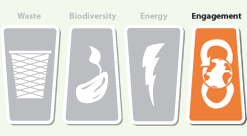

Student volunteers retrieve upwards of 700 pounds of organic waste weekly from each Messiah eatery for an on-campus compost pile. The nutrient-rich soil produced from the waste is then used on the Grantham Community Garden and in various flowerbeds around campus.


Messiah University has had a robust recycling program since the early 1980s when two students launched the initiative in response to the class, "Man and His Environmental Problems." Now Messiah recycles cans, glass, paper, cardboard, metals, electronics, rechargeable batteries, cellphones and Styrofoam.



